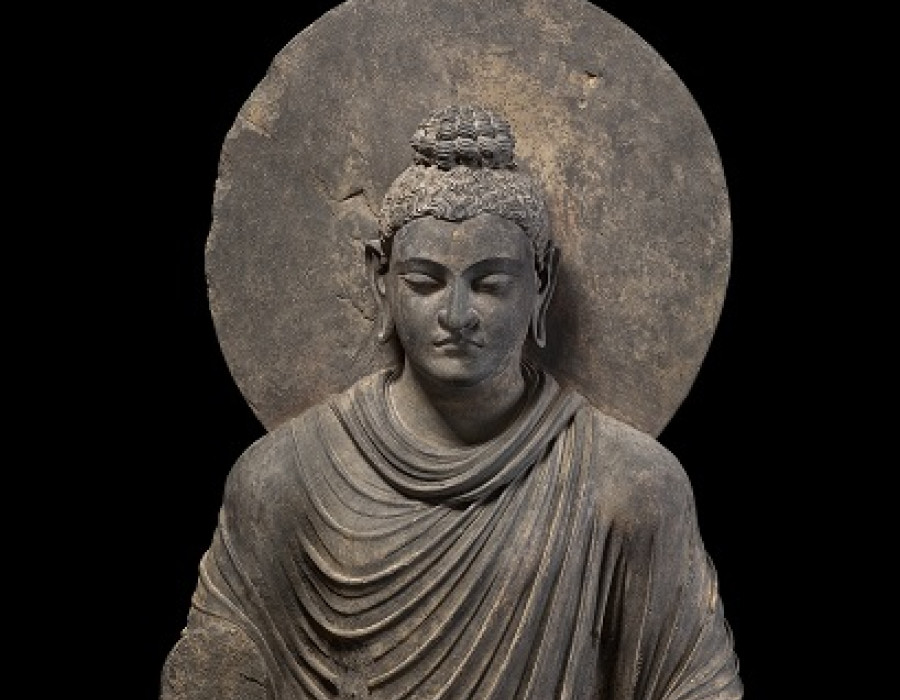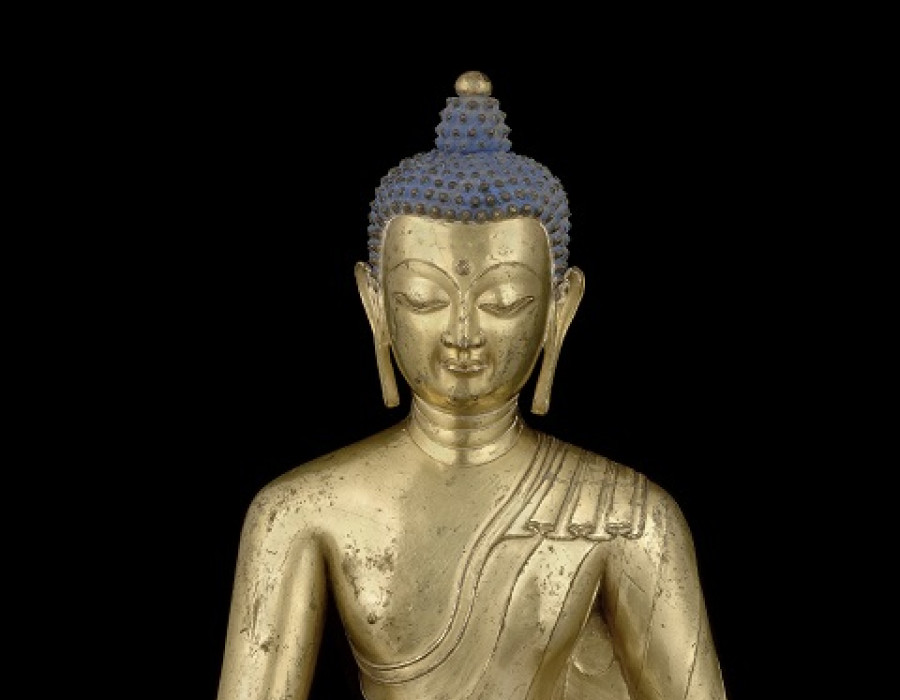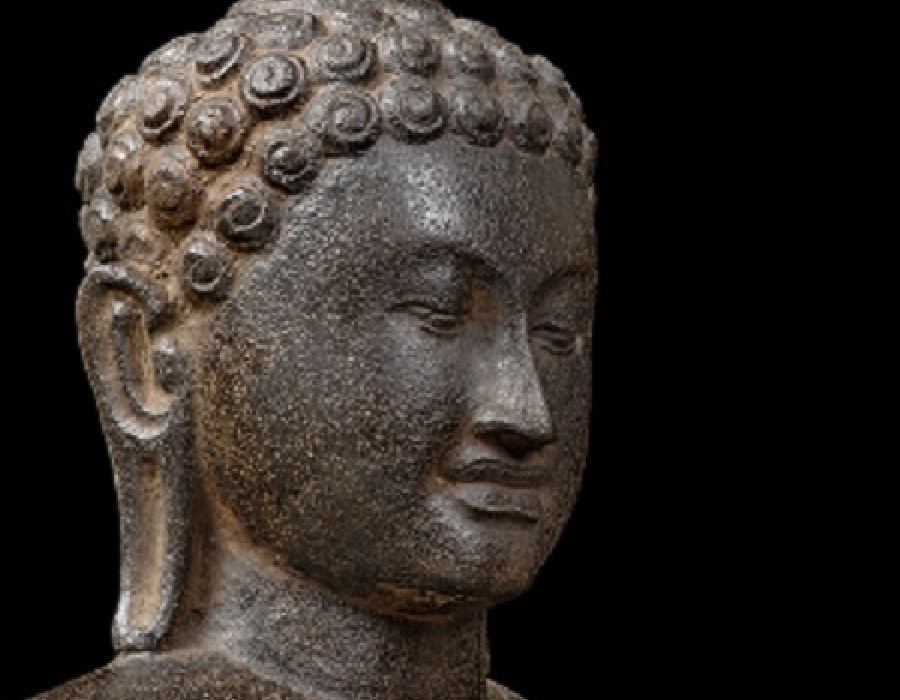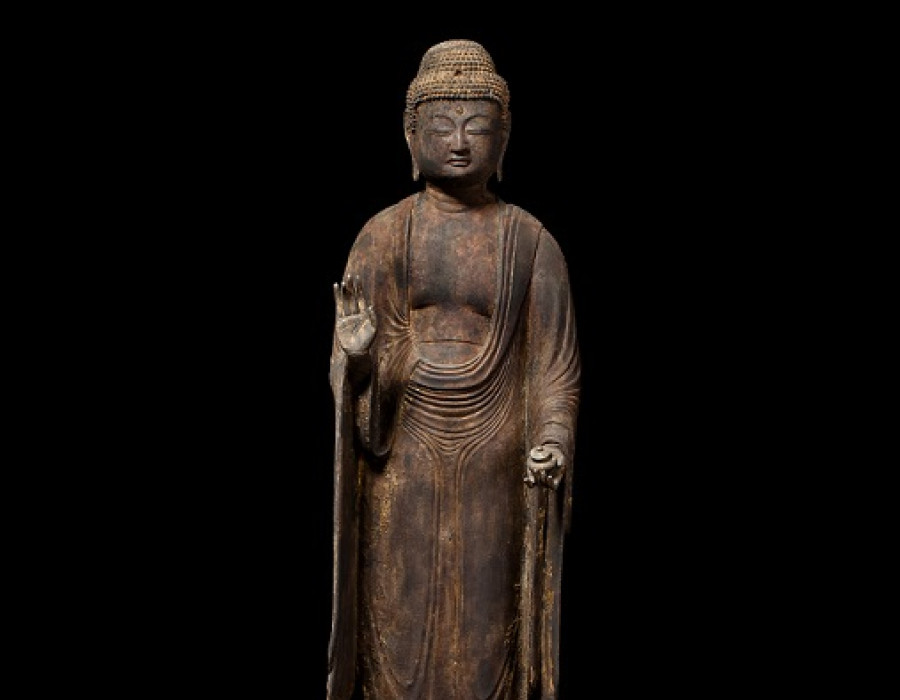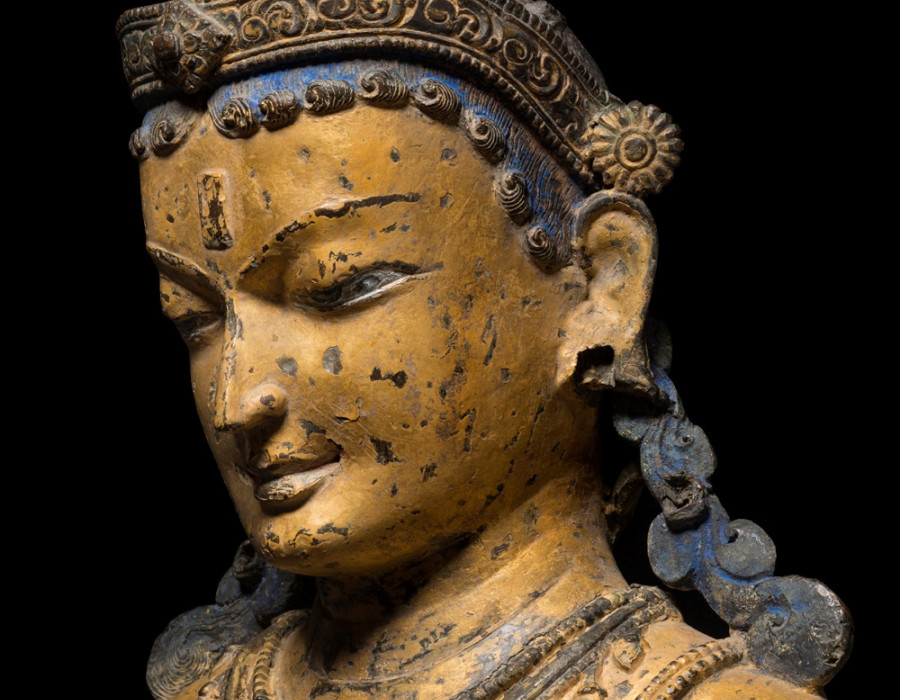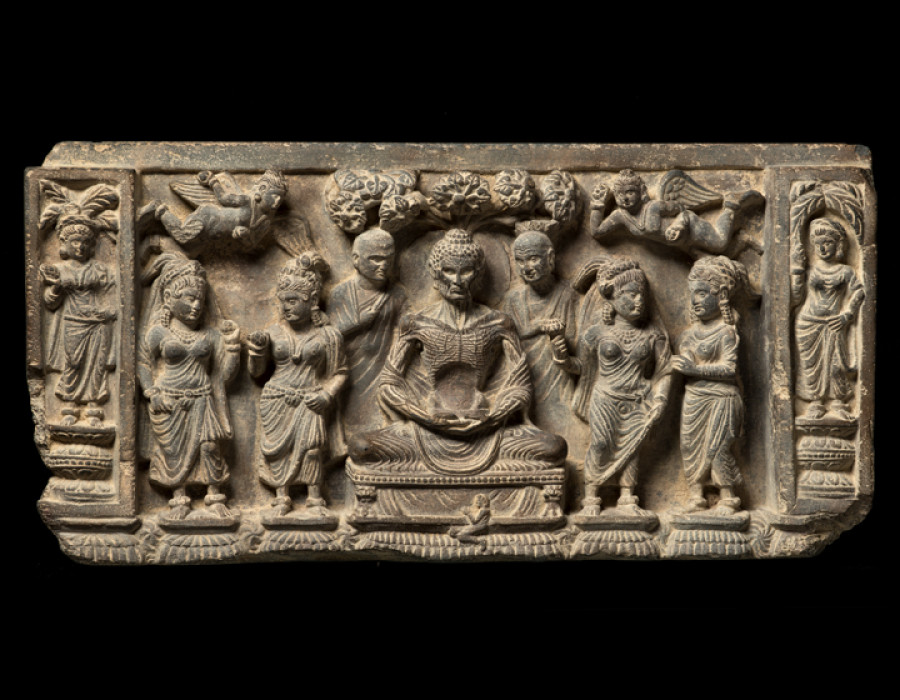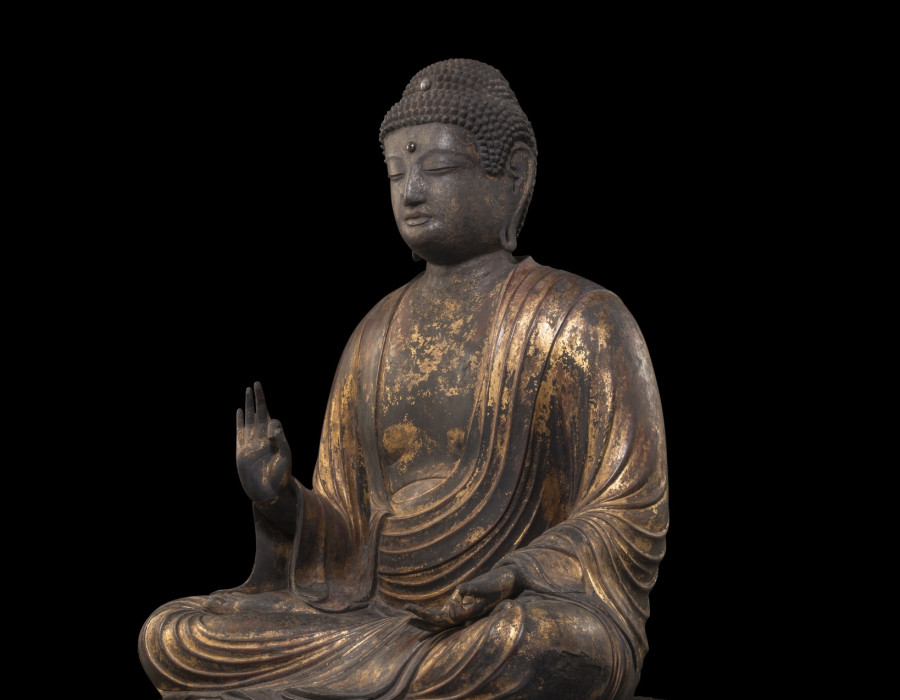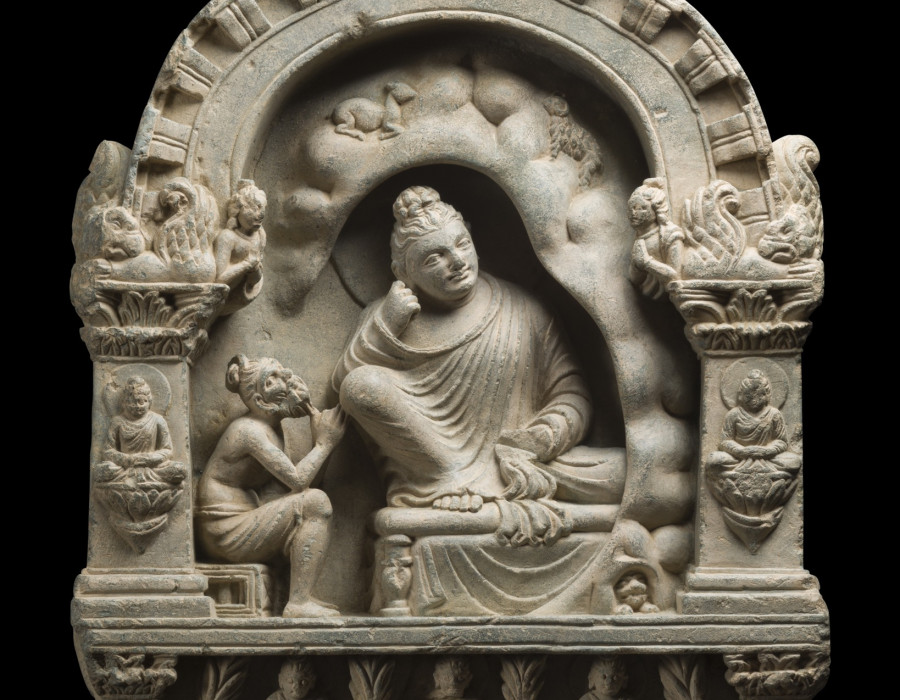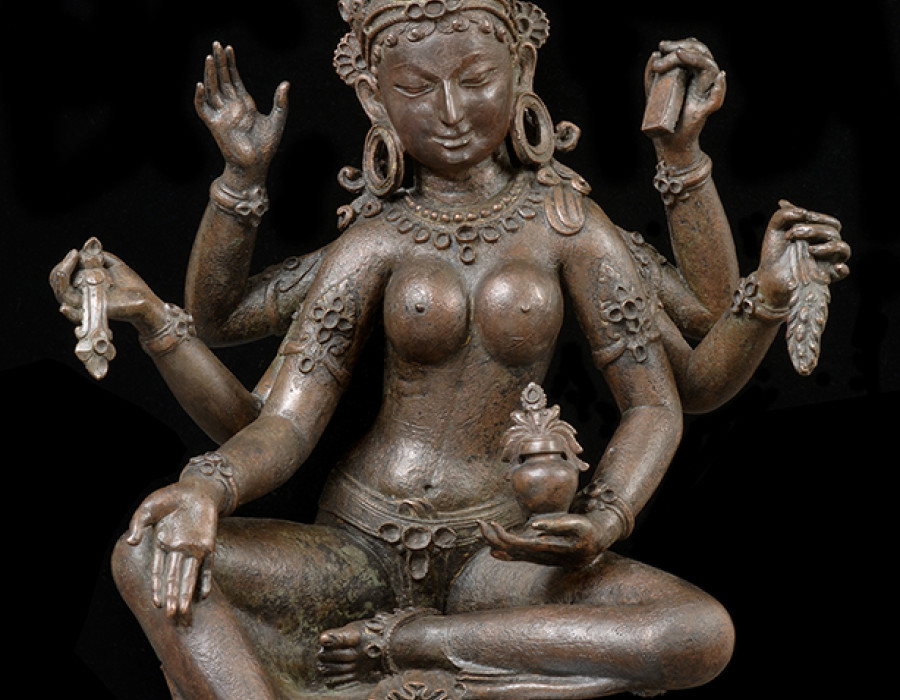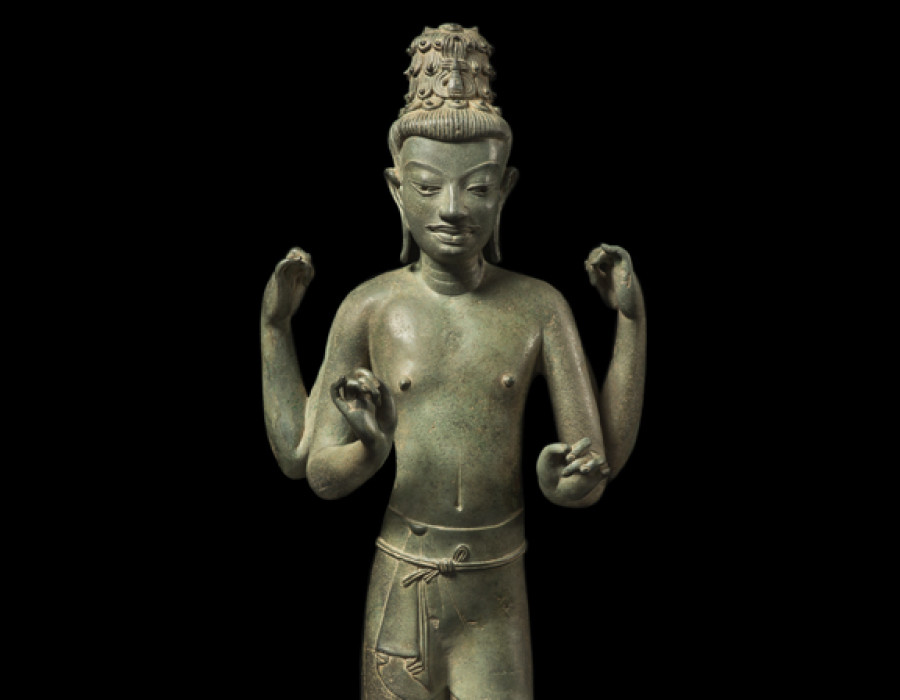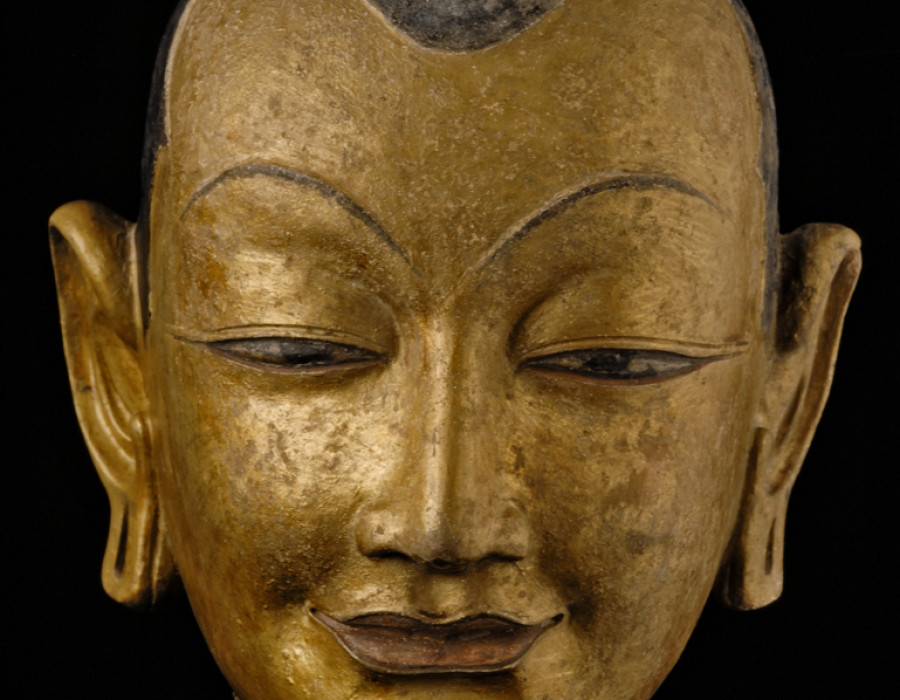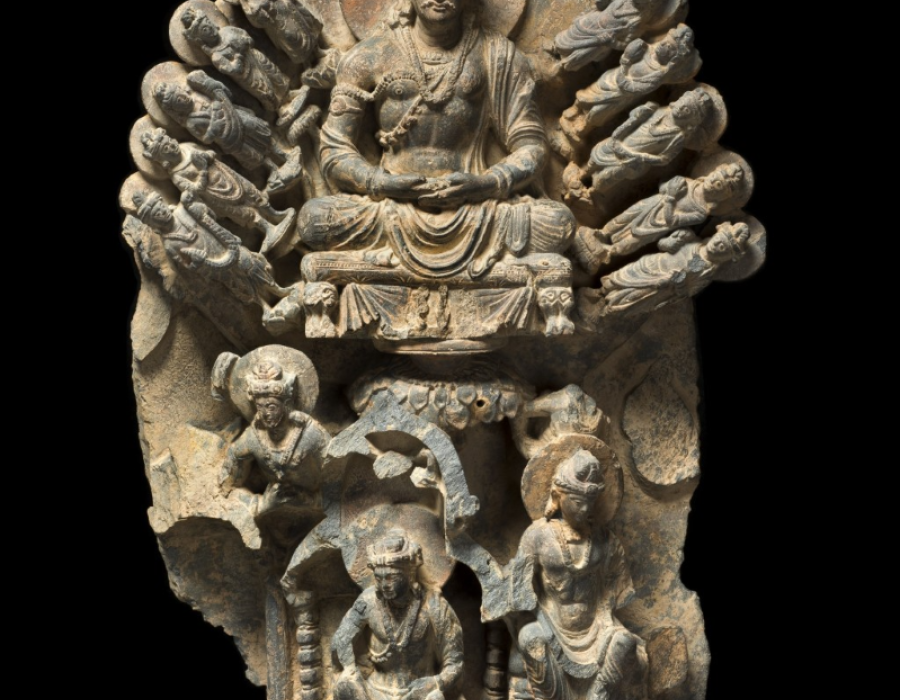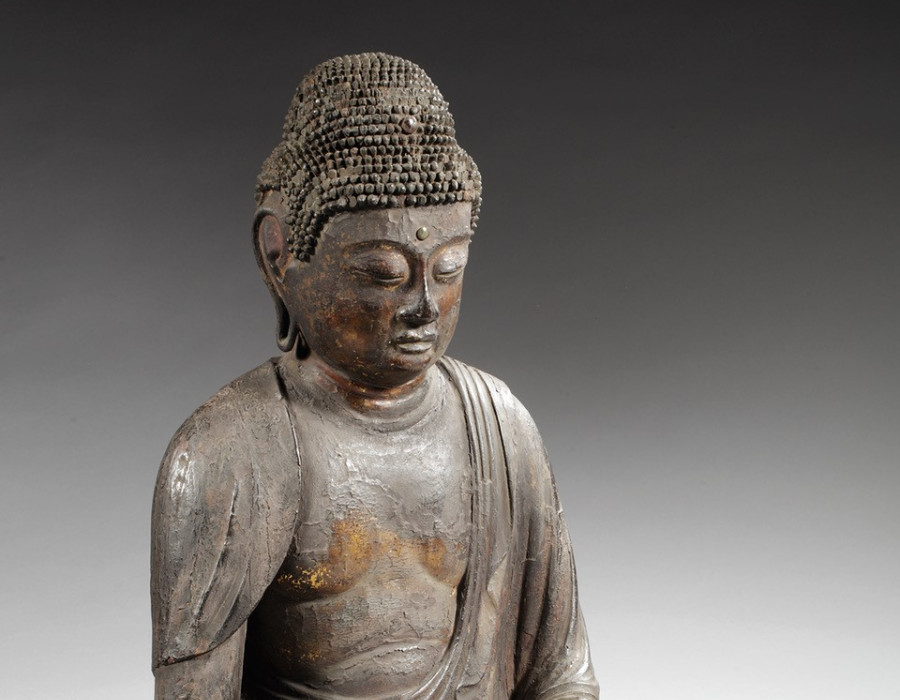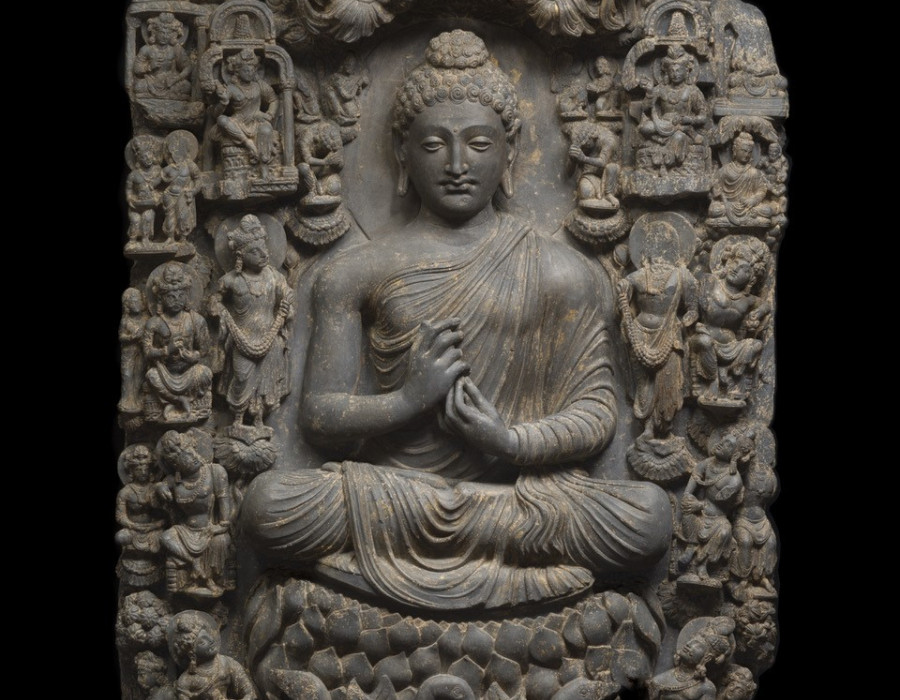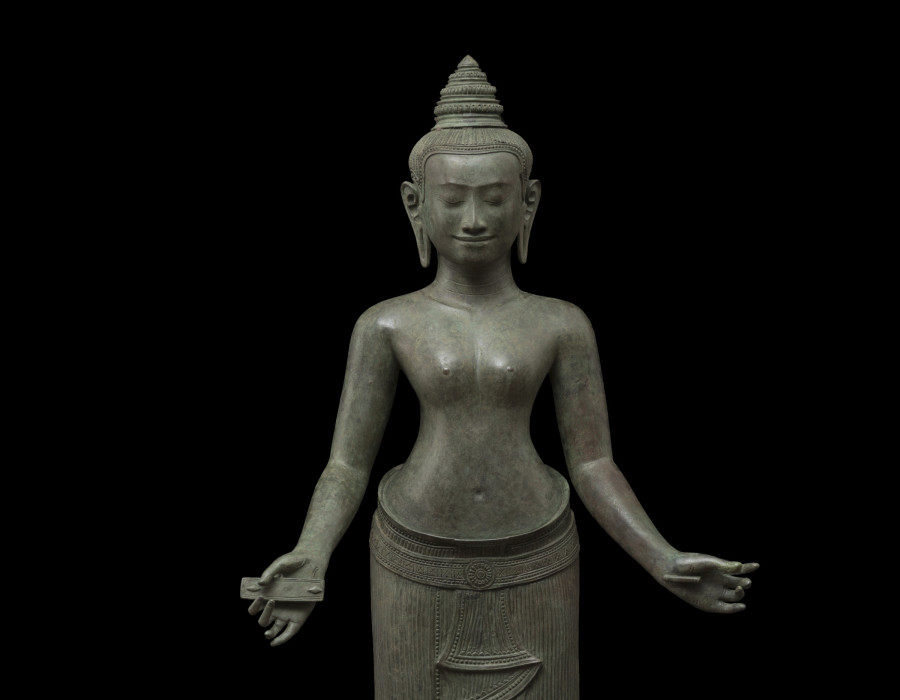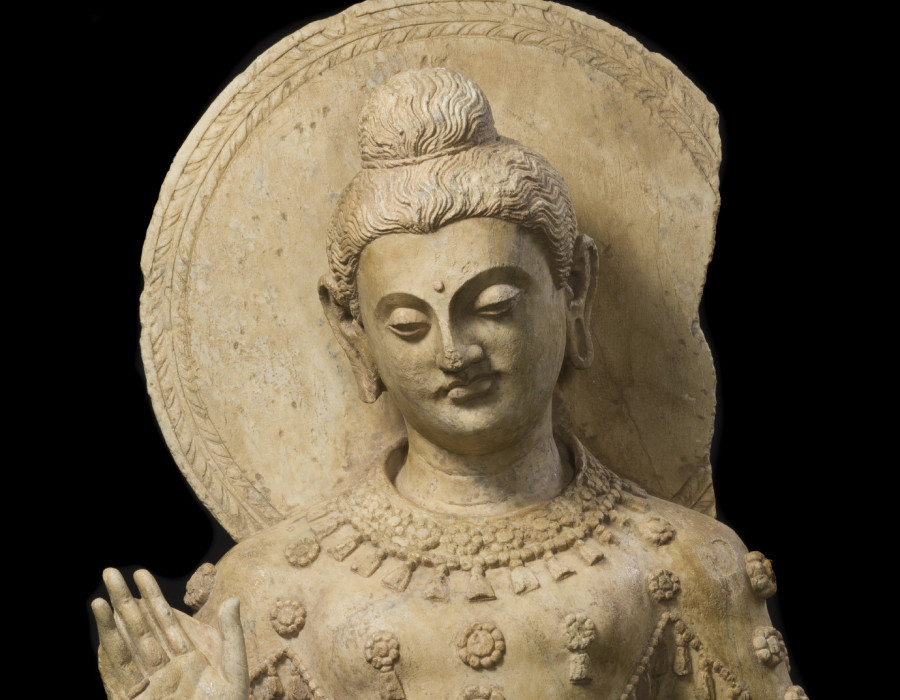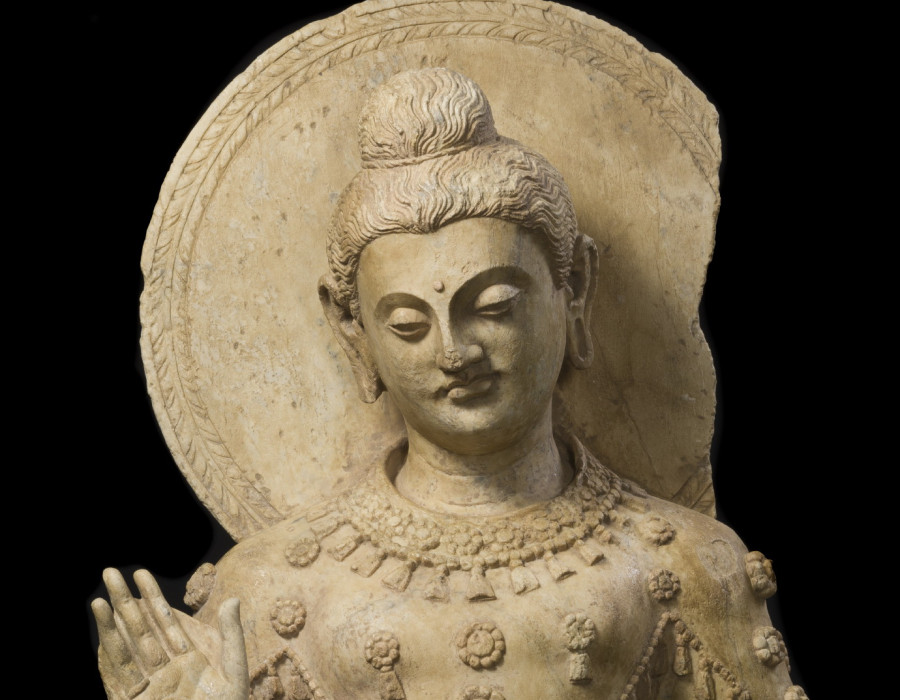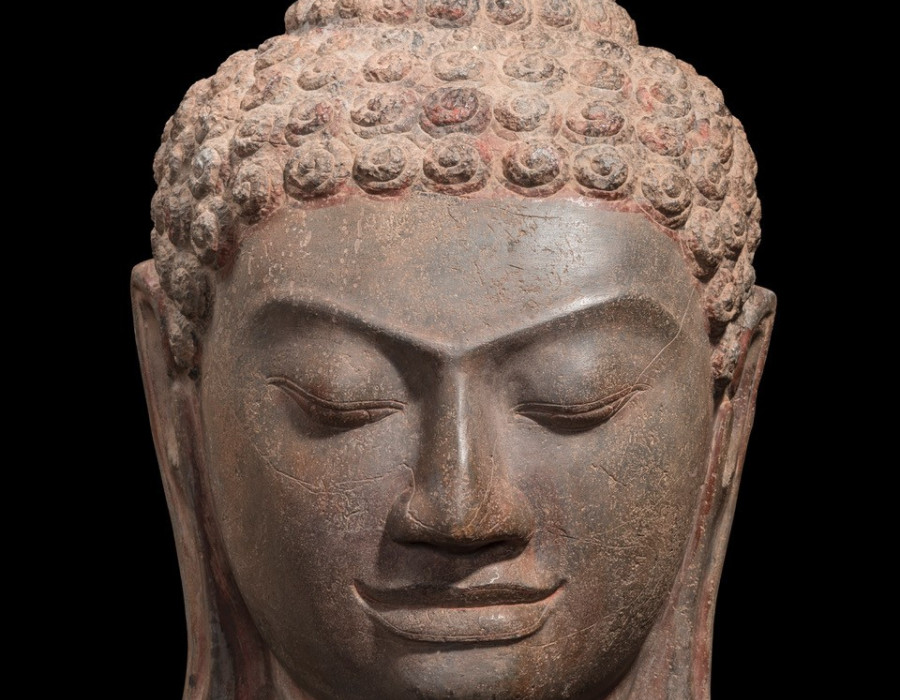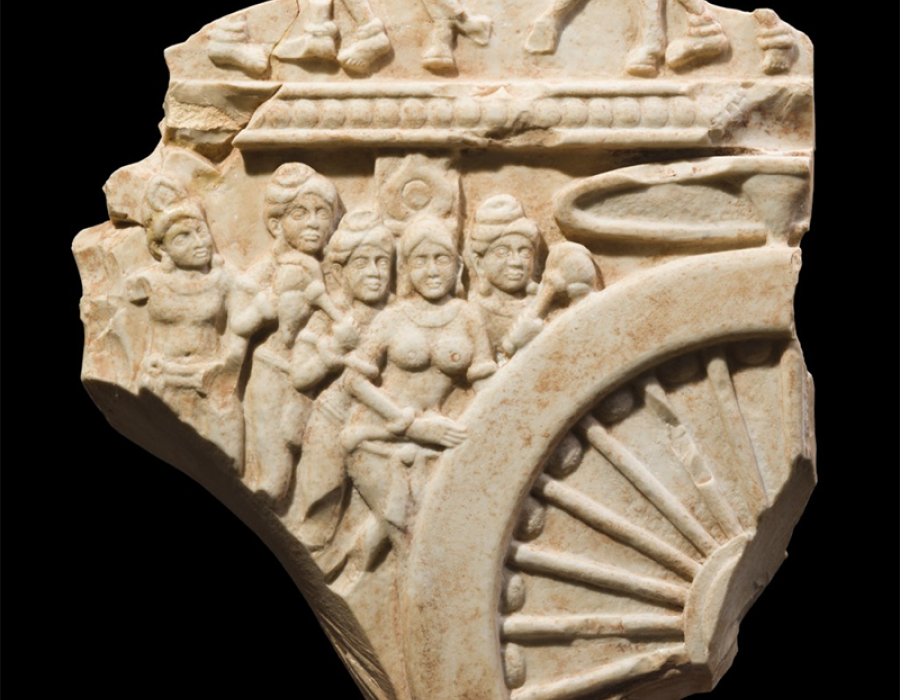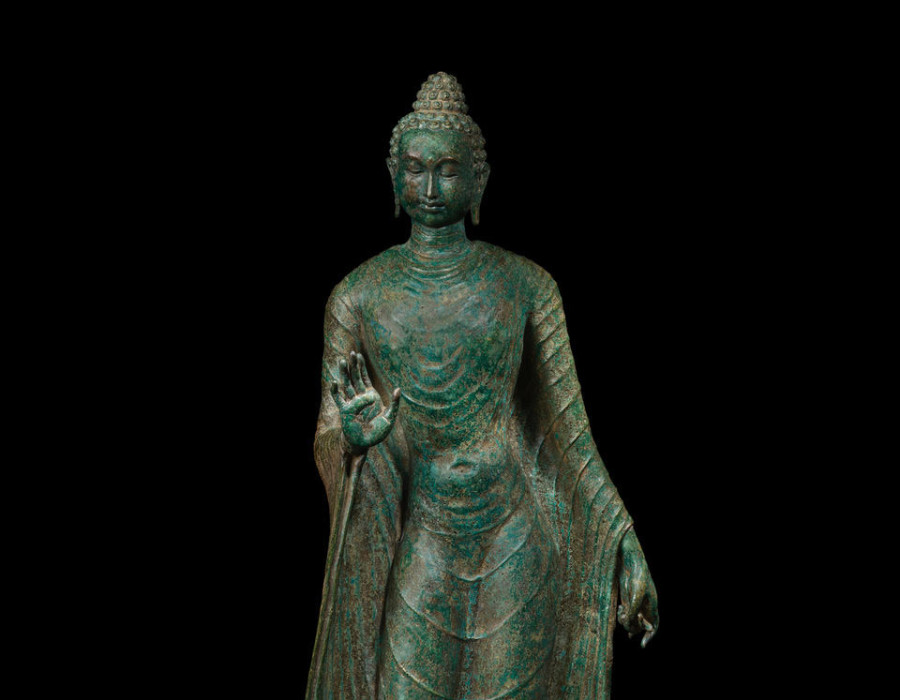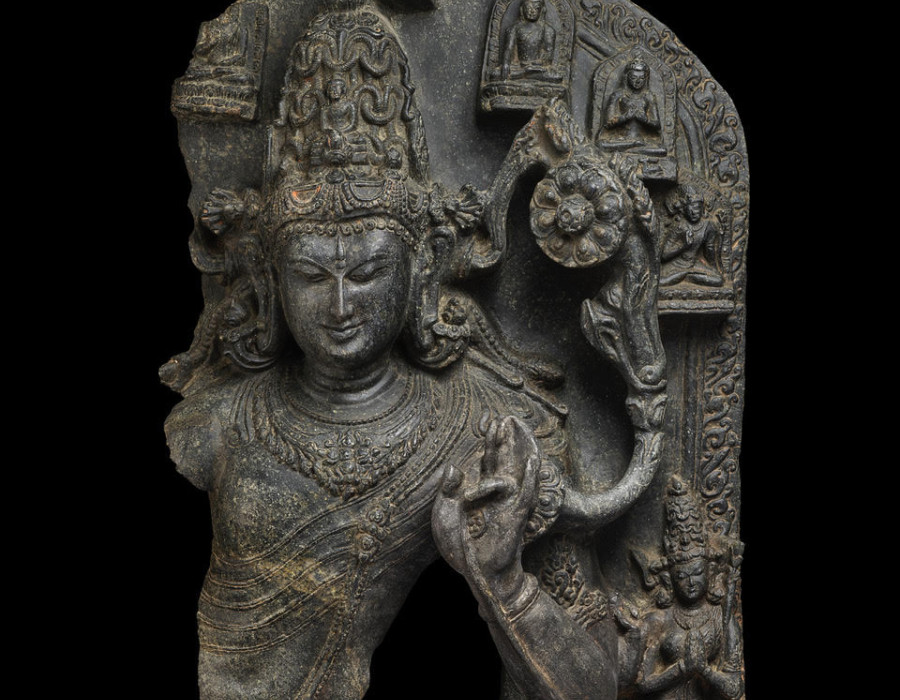
Martin Goodson
6th Century Gandharan Buddha
Images of Truth
One of the earliest iconographic depictions of the Buddha was Afghanistan, depicted in the Hellenic style of the Ancient Greeks.

Standing Buddha - Afghanistan c. 6th Century
John Eskenazi
Greater Gandhara, Afghanistan
Turki Shahi period, circa 6th century
Marble
Height 153.5cm
…
The serene figure of the Buddha is a definitive image of Gandharan sculpture. The earliest examples, dating from the 2nd century, are profoundly Hellenic in appearance; Indian ideas influenced the character of sculptures in the 3rd century but around the 5th there was an Hellenic revival. These sculptures were usually created in clay or stucco, the latter allowing the sculpture of images resembling marble, which was just used for the most prestigious works. This marble figure of a Buddha must have been sculpted for a stupa that enjoyed generous, possibly royal patronage. A few remote cave temples, strung like jewels along the roads from Central Asia to China, remain as evidence of the deep devotion of Buddhists in the 5th to 10th centuries.
…………
‘At that time the Buddha said to the bodhisattvas and to all the great assembly: “Have faith in and understand, all you good sons, the truthful words of the Tathagata… You should all listen carefully to hear about the Tathagata’s secret and divine powers. In all the worlds, the humans, heavenly beings, and asuras think that the present Shakyamuni Buddha, left the palace of the Shakya clan, sat at the place of the Way not far from the city of Gaya, and attained supreme awakening. But, my good sons, in fact there have been innumerable, unlimited hundreds of thousands of billions of myriads of eons since I became a buddha.’
(The Lotus Sutra - tr. Gene Reeves, pub. Wisdom Publications 2008)
Images of Truth
Buddhist art and iconography

